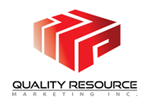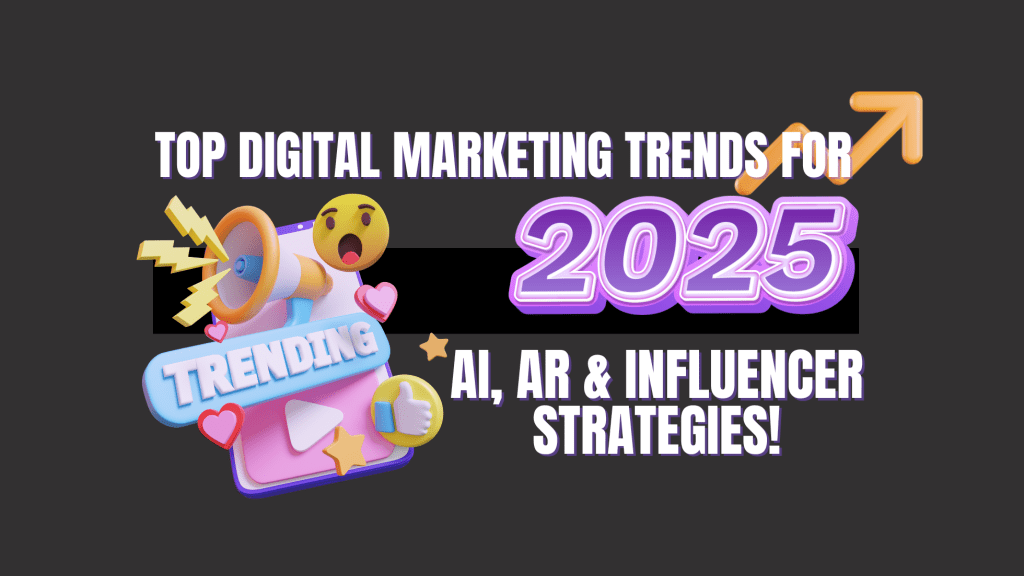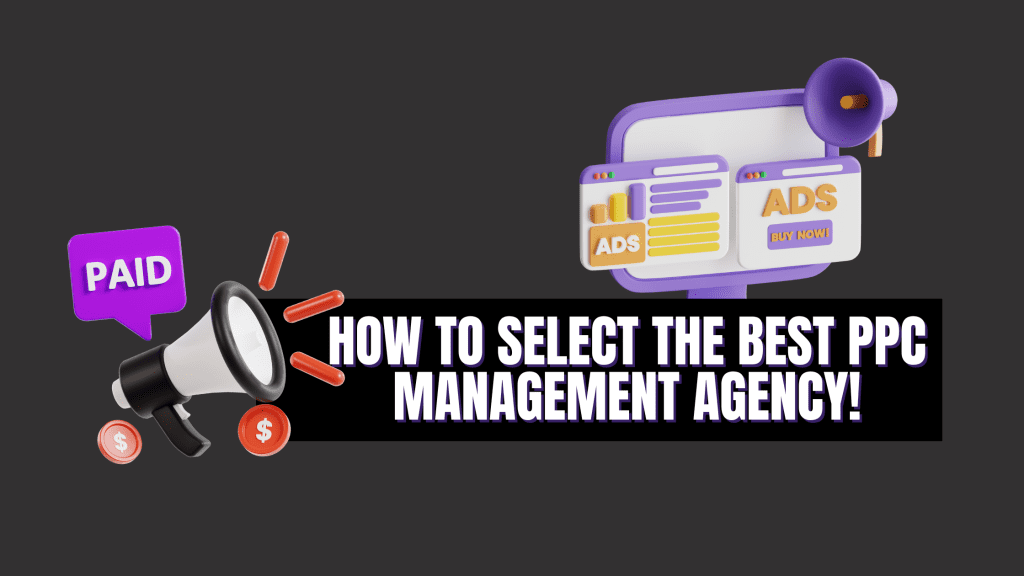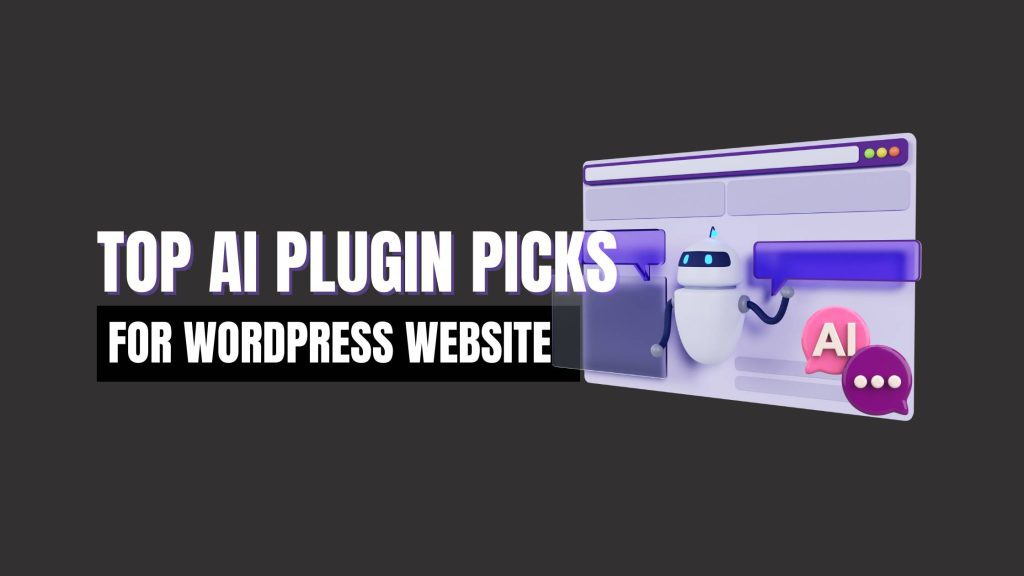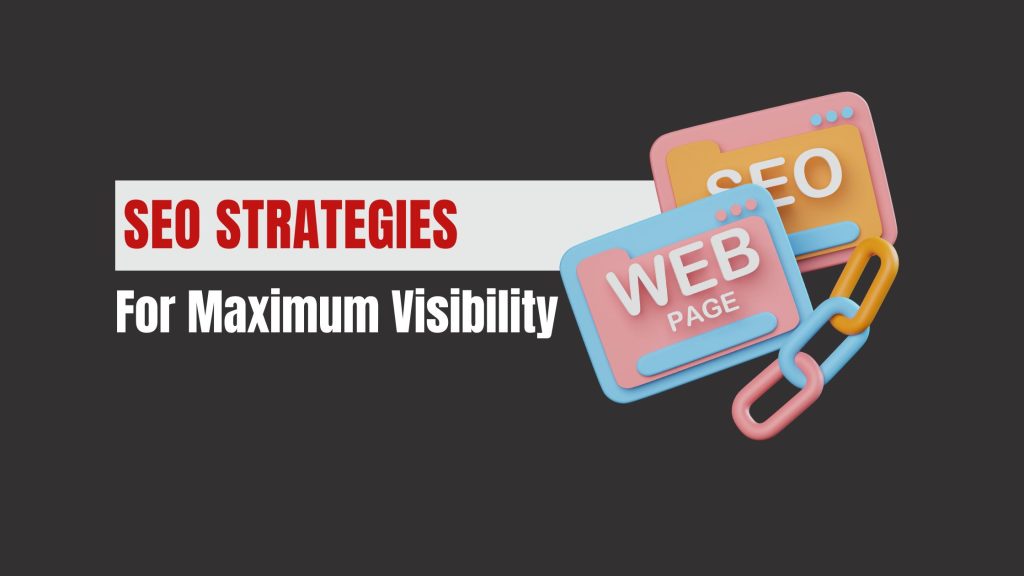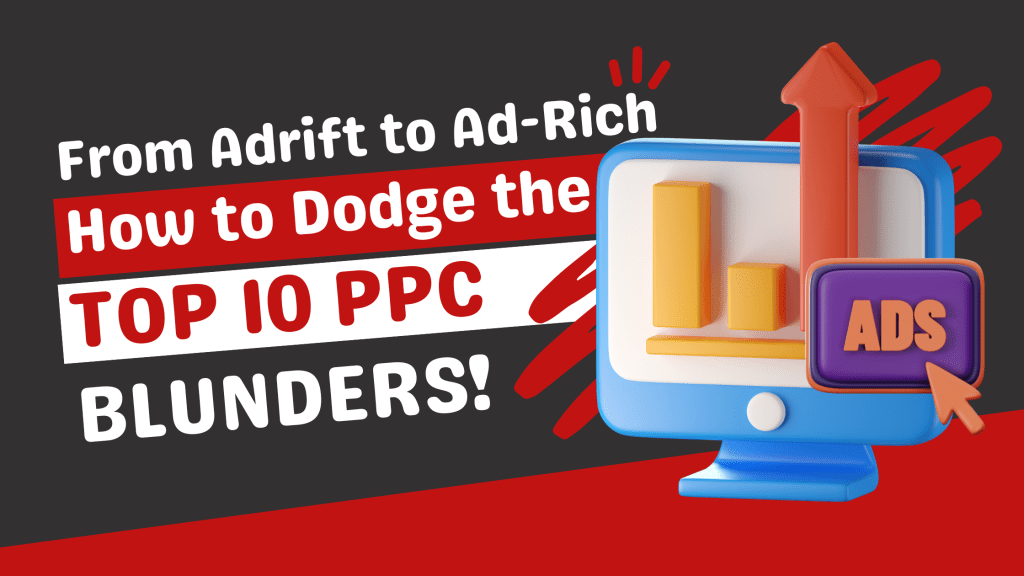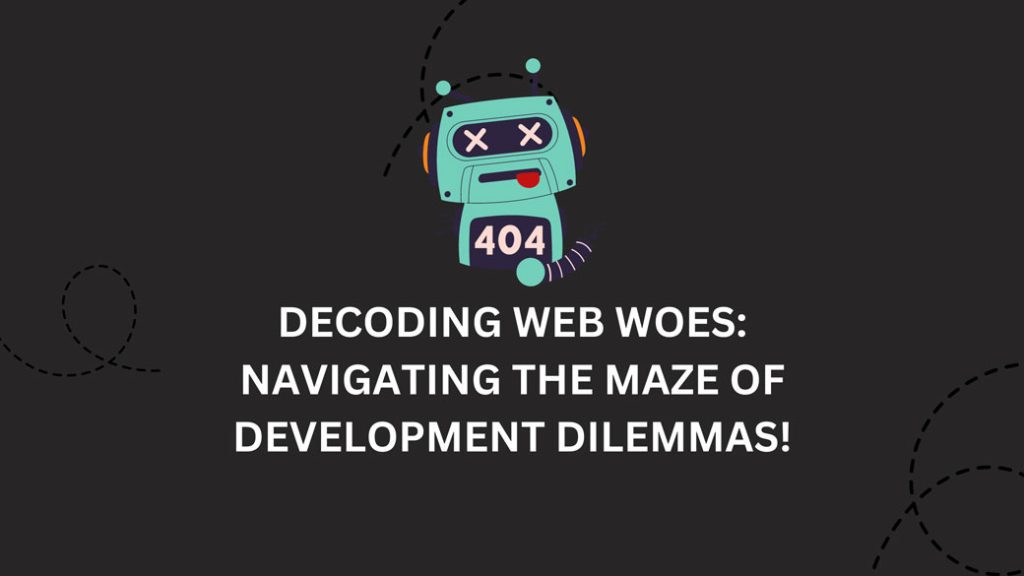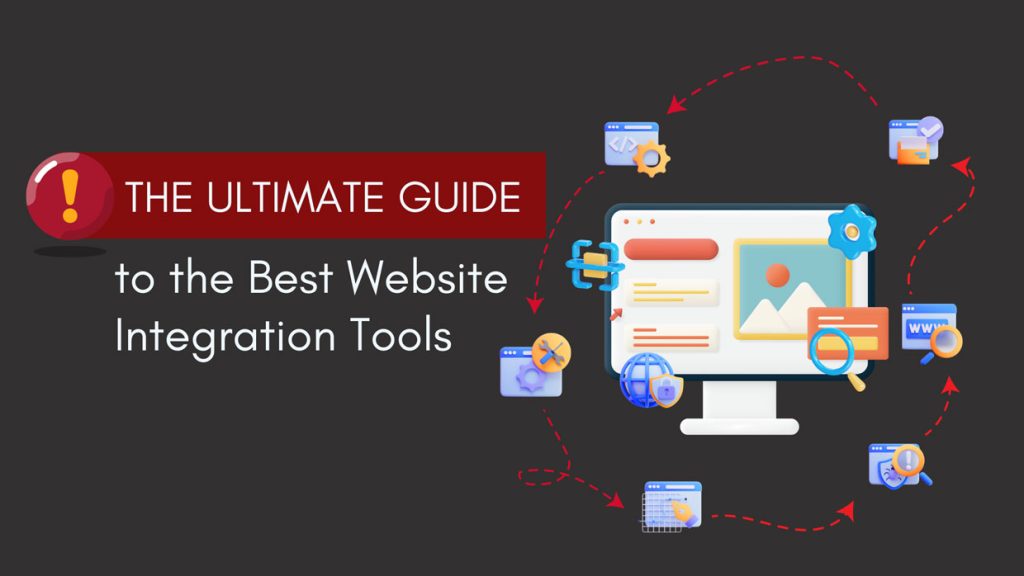Introduction
There is one thing remains constant in digital marketing: the importance of Search Engine Optimization (SEO). Picture this: it’s 2024, and the digital world is buzzing with new innovations and advancements. Search engines have become even more sophisticated, their algorithms more complex and intuitive. As a business owner or marketer, you’re standing at the crossroads, wondering how to navigate these changes and keep your online presence strong.
Imagine you’re running a quaint coffee shop in a bustling city. You know your coffee is the best in town, but so do countless other shops. How do you make sure that when someone searches for “best coffee near me,” your shop pops up at the top of the list? That’s where SEO comes into play. It’s like having a friendly guide who knows all the secret paths and shortcuts to get you noticed.
But here’s the catch: as search engines evolve, so must your SEO strategies. Gone are the days when simple keyword stuffing could do the trick. Now, it’s about understanding the heartbeat of search engines and crafting your content in harmony with it. It’s about ensuring that every piece of your online presence, from your website to your social media, sings in tune with what search engines love.
In this article, we embark on a journey through the most practical and effective SEO strategies for 2024. Think of it as your treasure map, guiding you to enhanced online visibility and higher rankings on search engines. We’ll explore the latest trends and techniques, breaking them down into actionable steps you can take today.
Understanding the Importance of SEO
Understanding the importance of SEO is like uncovering the secret ingredient that transforms a good recipe into a culinary masterpiece. Imagine you have a beautiful website, brimming with valuable content and engaging visuals. But, without SEO, it’s like a hidden gem buried deep in the ocean, waiting to be discovered. Let’s dive into why SEO is so crucial for your business and how it can turn the tide in your favor.
Picture this: SEO is like a master key that unlocks the door to greater online visibility. It’s the practice of fine-tuning your website to make it more attractive to search engines like Google. When someone types in a query related to your business, SEO ensures that your website is among the first to greet them. It’s like having your business card handed directly to someone who’s looking for exactly what you offer.
Now, imagine you’re running a cozy bookstore. There are hundreds of bookstores out there, each offering a unique collection of books. How do you ensure that book lovers find their way to your store? The answer lies in SEO. By optimizing your website, you ensure that when someone searches for “best bookstores near me” or “top books of 2024,” your store pops up at the top of the search results.
The higher your website ranks in search results, the more likely you are to attract visitors. Think of it as being on the main street of a busy town rather than a quiet back alley. Increased visibility means more foot traffic, and in the digital world, that translates to more visitors to your website. But it doesn’t stop there. Once people find your website, SEO helps create an engaging experience that keeps them coming back for more.
With higher engagement, you build a community of loyal visitors. They spend more time on your site, explore your content, and interact with your brand. This engagement is the bridge to conversions. Whether it’s signing up for a newsletter, making a purchase, or sharing your content with others, each interaction brings you one step closer to achieving your business goals.
In essence, SEO is not just a tool; it’s a strategy that amplifies your online presence, connects you with your audience, and drives your business forward. It’s the engine that powers your visibility, traffic, engagement, and conversions. So, as you navigate the bustling digital marketplace, remember that SEO is your trusty compass, guiding you toward sustained growth and success.
Conducting Thorough Keyword Research
Conducting thorough keyword research is like embarking on a treasure hunt where the ultimate prize is increased visibility and engagement for your website. Keywords are the foundation of SEO, and finding the right ones is akin to discovering a map that leads your audience straight to your doorstep. Let’s explore how to identify these valuable keywords and effectively incorporate them into your content strategy for 2024.
Imagine you’re setting up a charming boutique in a bustling market. To attract customers, you need to understand what they’re looking for. Keywords work the same way. Start by identifying the words and phrases your target audience uses when searching for products or services related to your business. This is like getting to know the common paths shoppers take through the market, ensuring your boutique is on their radar.
To unearth these keywords, turn to tools like Google Keyword Planner, SEMrush, or Ahrefs. These tools are your digital treasure maps, guiding you to keywords with a good search volume and low competition. It’s like finding a prime spot in the market where the foot traffic is high, but competition is manageable.
As we navigate the SEO landscape in 2024, it’s crucial to focus on long-tail keywords. These are longer, more specific phrases that potential customers use when they’re closer to making a purchase. Think of it as knowing exactly what type of product a shopper is looking for rather than a general category. For example, instead of targeting “SEO services,” you target “affordable SEO services for small businesses.” This specificity helps you attract visitors who are more likely to convert into customers.
But finding the right keywords is just the beginning. Content remains king in the world of SEO. Search engines prioritize websites that offer valuable and relevant content to users. Regularly updating your blog with informative articles, how-to guides, and industry news is like keeping your boutique fresh and appealing, drawing in customers time and again.
Ensure your content is engaging and easy to read. Imagine walking into a well-organized shop where products are neatly displayed and easy to find. Similarly, use short paragraphs, bullet points, and subheadings to break up the text, making it accessible and inviting. Including images, videos, and infographics can also make your content more appealing, much like adding eye-catching displays in your shop.
In essence, conducting thorough keyword research and creating valuable content is a dynamic duo that powers your SEO strategy. It helps you connect with your audience, enhance your visibility, and drive engagement. So, as you continue your journey in the digital marketplace, let keyword research be your compass and content your beacon, guiding you to sustained growth and success.
Optimizing On-Page Elements
Optimizing on-page elements is akin to setting up a well-curated store display where every detail is meticulously arranged to attract and engage visitors. On-page SEO is the art of fine-tuning individual web pages to ensure they rank higher and draw in relevant traffic. Let’s delve into the key on-page elements you need to focus on to transform your website into a magnetic destination for your audience.
- Title Tag
Imagine your website as a beautifully designed shop. The first thing a customer notices is the signboard. In the world of SEO, this signboard is your Title Tag. Each page on your website should have a unique and descriptive title tag that contains your primary keyword. It’s like having a clear and enticing shop name that immediately tells customers what they can expect inside. A well-crafted title tag not only grabs attention but also signals to search engines what your page is about.
- Meta Description
Next, think about the window display of your shop—the first glimpse that entices customers to step inside. In the digital realm, this is your Meta Description. Writing compelling meta descriptions that include your target keywords is crucial for improving click-through rates. It’s like crafting a catchy and informative window display that lures passersby to come in and explore further.
- Headings ( Hi, H2, H3)
Once inside your shop, the layout and organization guide the customer’s journey. Similarly, using Headings (H1, H2, H3) to structure your content is essential. Headings not only break up your text, making it easier to read, but also provide a roadmap for both users and search engines. Including keywords in your headings where appropriate helps signal the relevance of your content. It’s like having clear signposts within your shop, directing customers to different sections.
- Internal Linking
Now, consider the importance of a clean and straightforward path to your shop’s entrance. In SEO terms, this is your URL Structure. Using short, descriptive URLs that include keywords makes it easier for both search engines and users to understand the content of your pages. It’s like having a well-marked path that guides customers directly to your door.
Inside your shop, helpful signs pointing to related products enhance the shopping experience. This is mirrored in the digital world by Internal Linking. Linking to other relevant pages on your website helps search engines understand your site’s structure and improves the user experience. It’s like guiding customers through different sections of your shop, helping them discover more of what they’re looking for and encouraging them to stay longer.
Improving Page Load Speed
Optimizing page load speed is essential for user experience and SEO. Slow-loading pages lead to higher bounce rates and lower search engine rankings. Here’s how you can improve your website’s speed:
- Analyze with Tools: Use tools like Google PageSpeed Insights to assess your site’s speed and pinpoint areas for improvement.
- Optimize Images: Compress images using tools like TinyPNG to reduce file sizes without compromising quality.
- Use a CDN: Implement a Content Delivery Network to store copies of your website’s content on servers worldwide, reducing latency and speeding up load times.
- Minimize Heavy Scripts: Reduce or defer the loading of heavy scripts to streamline performance.
- Optimize WordPress Sites: Use plugins like WP Rocket to remove unnecessary JS and CSS code, and regularly eliminate redundant plugins.
By focusing on these strategies, you can enhance your website’s performance, offering a fast and engaging experience that keeps visitors coming back.
Ensuring Mobile-Friendliness
Ensuring mobile-friendliness is crucial in today’s digital landscape. With the surge in mobile device usage, having a mobile-friendly website is more important than ever. Google uses mobile-first indexing, meaning it primarily uses the mobile version of a site for ranking and indexing.
To achieve this, ensure your website is responsive and offers a seamless experience across all devices. Test your site on various devices and screen sizes to guarantee it looks and functions well.
If you run a local business, local SEO is vital for attracting nearby customers. Optimize your website for local search by including location-specific keywords and creating a Google My Business profile. Make sure your business name, address, and phone number (NAP) are consistent across all online platforms. Encourage satisfied customers to leave positive reviews, as these significantly impact your local search rankings.
SEO is an ongoing process that requires continuous monitoring and adjustment. Use tools like Google Analytics, Google Search Console, and SEMrush to track your website’s performance. Focus on key metrics such as organic traffic, bounce rates, and conversion rates.
Regularly review your SEO strategy and make adjustments based on data and trends. Stay updated with the latest algorithm changes and industry best practices to ensure your website remains optimized.
How to Instantly Index Your Content on Google
Ensuring your content is quickly indexed by Google can be a challenge. Here’s a concise guide to help you navigate this process effectively:
- Common Indexing Scenarios:
- Pages Discovered but Currently Not Indexed: Google has found these pages but hasn’t indexed them yet.
- Pages Crawled but Currently Not Indexed: Google has crawled these pages but hasn’t indexed them.
- Traditional Indexing Issues:
- Submitting a URL for indexing traditionally leaves you waiting for an undetermined period, which can take weeks or even months.
- Using Rank Math’s Instant Indexing Plugin:
- Instant Indexing Plugin: This plugin uses Google’s API to expedite the indexing process.
- Application: It can be used whenever you publish new blog posts or service page content, ensuring faster indexing.
- Benefits of Instant Indexing:
- Faster Rankings: Crucial for time-sensitive content.
- Competitive Edge: Increases your chances of ranking above competitors.
- Updated Search Results: Maintains higher quality user traffic by keeping search results up-to-date.
By leveraging tools like Rank Math’s Instant Indexing Plugin, you can significantly reduce the waiting time for your content to appear in search results, thus enhancing your online presence and competitiveness.

